Hear me out, I am not saying this will be the case, but could the potential to build and colonize mars become the world only for the rich? I am sure if you ask Elon Musk or SpaceX in 2019 if that is the case, they would say that is not true. But how are people supposed to travel the s.
Get the latest international news and world events from around the world.
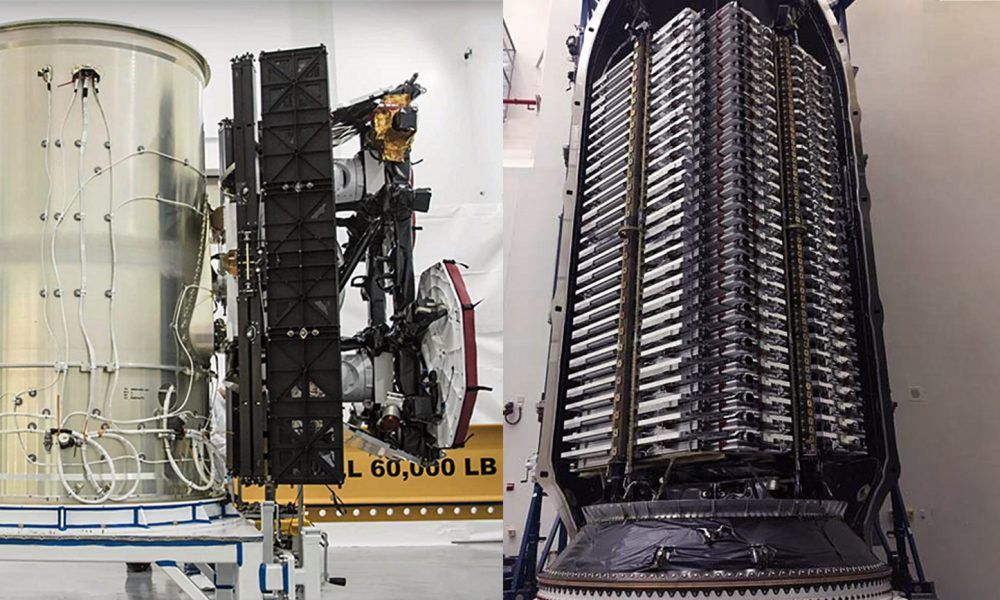
SpaceX CEO Elon Musk reveals radical Starlink redesign for 60-satellite launch
SpaceX CEO Elon Musk has published the first official photo of the company’s near-final Starlink design and confirmed that Falcon 9 will launch a staggering 60 satellites on May 15th.
Known internally as Starlink v0.9, this mission will not be the first launch of operational satellites, but it will be the first internal SpaceX mission with a dedicated Falcon 9 launch. Additionally, the payload will be the heaviest yet launched by SpaceX, signifying an extraordinarily ambitious first step towards realizing the company’s ~12,000-satellite Starlink megaconstellation.
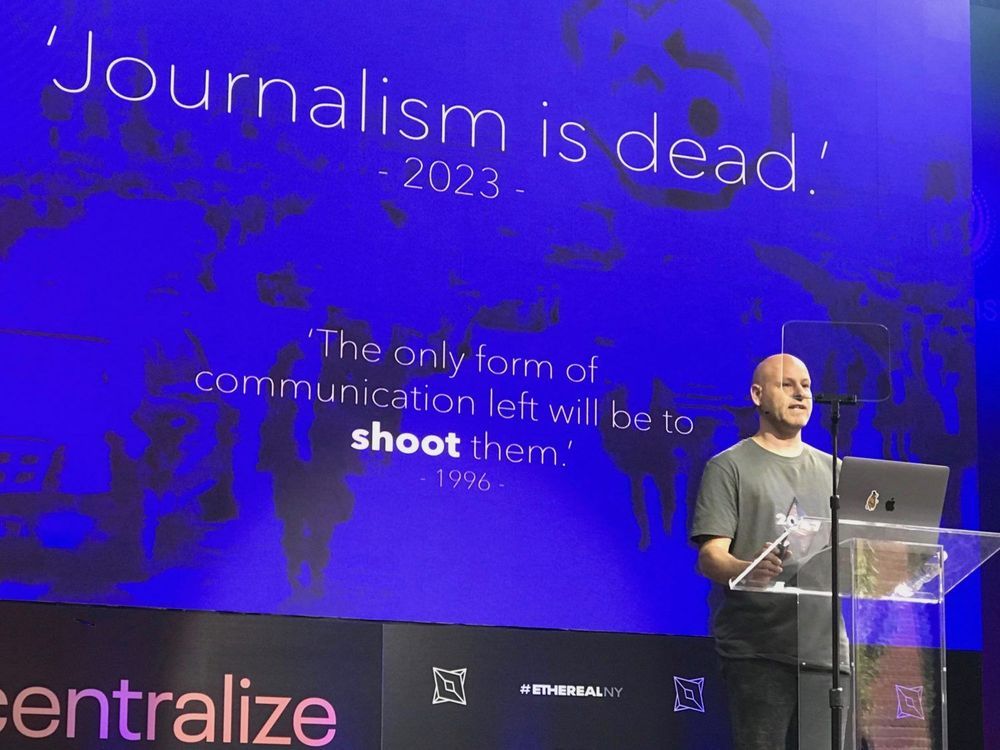
ConsenSys CEO Predicts Trump Re-Election, Facebook Breakup and Crypto Revival
To close out the 2019 Ethereal Summit in Brooklyn, he foresaw a future where assets had all been tokenized, the web was completely decentralized and networks organized around topical interests had become roughly as important to human life as nation states.
Notably, Lubin predicted President Donald Trump would win a second term in 2020.
He foresaw those following four years as marking a downturn in American civilization, marked by an increase in radical divisions and even hate crimes. The turnaround would only arrive, he predicted, when Facebook, “finally admitting its role in global radicalism,” broke itself into “Facebook Media” (the news feed) and “Open Book,” a decentralized social web that any startup could tap into.

New Treatment May Have the Potential to Slow, Stop, or Reverse Parkinson Disease
Results from a recent study suggest that a revolutionary treatment may have the potential to slow, stop, or even reverse the progression of Parkinson disease.
Results from a February study of a revolutionary treatment suggest that it may be possible to slow, stop, or even reverse the progression of Parkinson disease, according to findings in the Journal of Parkinson’s Disease.
The 3-part, experimental study investigated whether using a novel delivery system to increase levels of glial cell line-derived neurotrophic factor (GDNF) can regenerate dying dopamine brain cells in patients with Parkinson disease and even reverse their condition. GDNF is a naturally occurring protein that promotes the survival of many types of neurons.

It’s small, it’s green, and it will take control of your car
This box could make your car autonomous for just $1,000. (from 2016)
Comma.ai’s system will add Autopilot-like abilities to many standard vehicles.

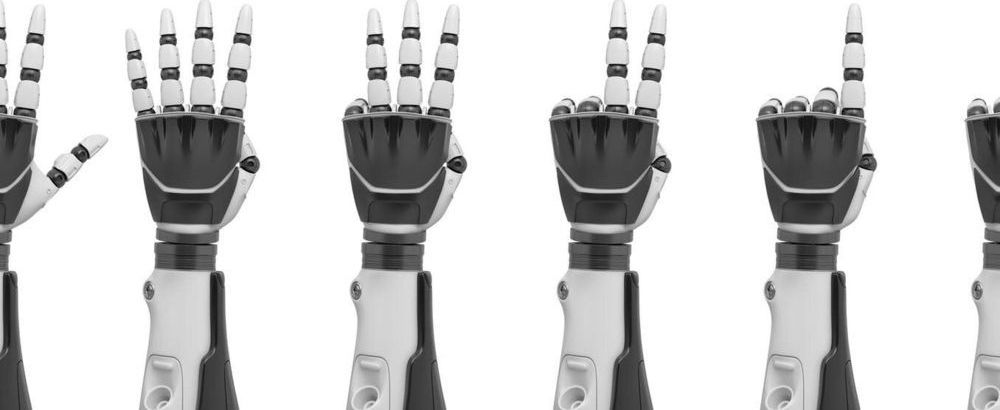
AI develops human-like number sense – taking us a step closer to building machines with general intelligence
Numbers figure pretty high up on the list of what a computer can do well. While humans often struggle to split a restaurant bill, a modern computer can make millions of calculations in a mere second. Humans, however, have an innate and intuitive number sense that helped us, among other things, to build computers in the first place.
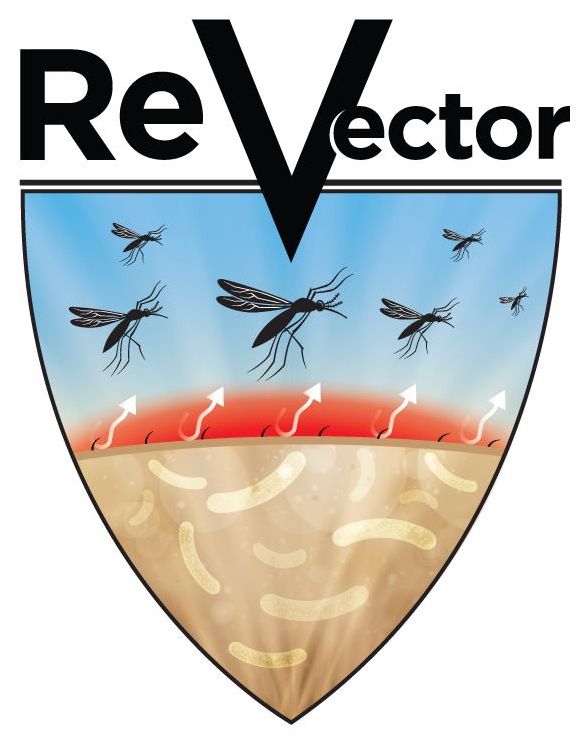
Defense Advanced Research Projects Agency — DARPA
Opinions on #ArtificialIntelligence are a dime a dozen, unless you’re hearing from one of the field’s pioneers. Join us at D60, DARPA’s 60th anniversary symposium, to learn from Ron Brachman about how #AI rose to prominence. https://d60.darpa.mil/index.html
Panel: “DARPA and AI: Visionary Pioneer and Advocate”
Artificial Intelligence has experienced waves of excitement before, but we have never seen the kind of worldwide enthusiasm that we see now, especially in the commercial sector, where AI has become the central mission of some of the world’s most powerful tech companies. DARPA is known for being the first supporter of AI research and panelists will highlight the impetus DARPA provided to the field’s most central technological areas, and give insights about where the field is going next.
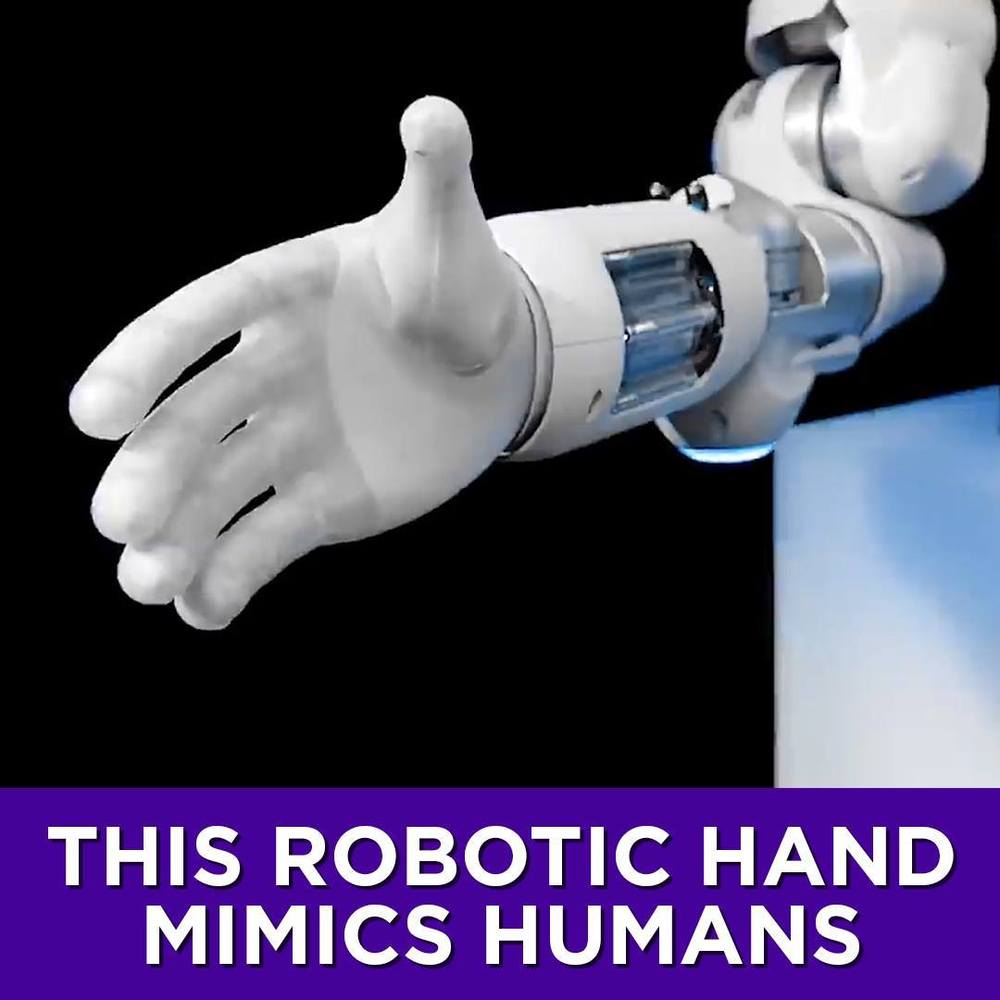

Genetic adaptations to diving discovered in humans for the first time
Evidence that humans can genetically adapt to diving has been identified for the first time in a new study. The evidence suggests that the Bajau, a people group indigenous to parts of Indonesia, have genetically enlarged spleens which enable them to free dive to depths of up to 70m.
It has previously been hypothesised that the spleen plays an important role in enabling humans to free dive for prolonged periods but the relationship between spleen size and dive capacity has never before been examined in humans at the genetic level.
The findings, which are being published in the research journal Cell, could also have medical implications in relation to the condition known as Acute Hypoxia, which can cause complications in emergency medical care.